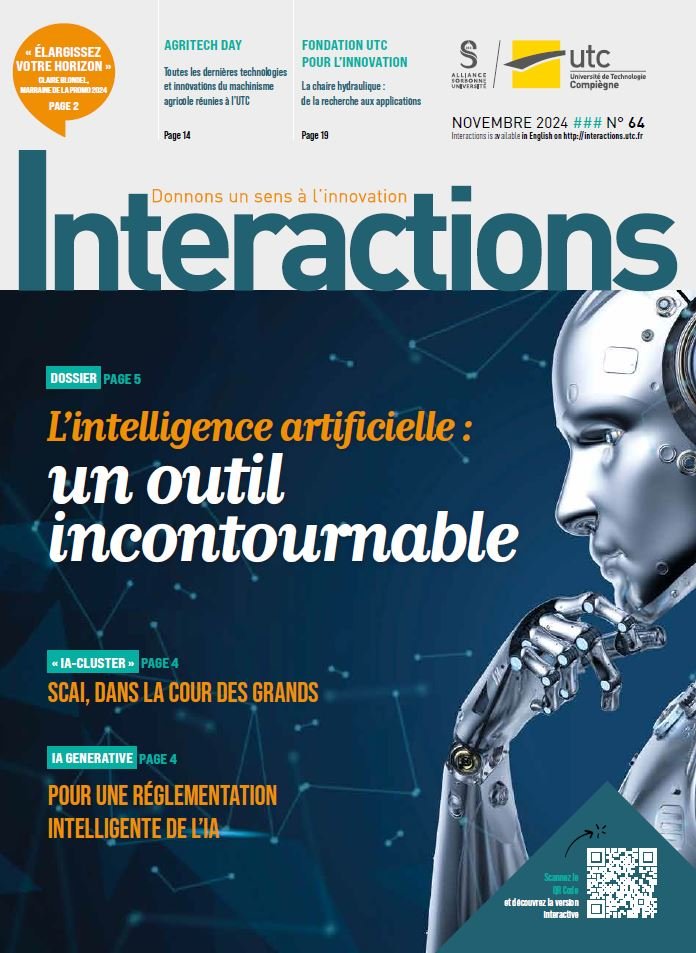Micro-organisms on a bio-chip

Éric Leclerc, CNRS Research Director at the joint UTC BioMechanics and BioEngineering Laboratory (BMBI) and CNRS between 2003 and 2015, is collaborating, within the LIMMS (Laboratory of Integrated Micro Mechatronic Systems), in the framework of a joint international unit (CNRS/University of Tokyo), with Franco-Japanese teams.
After presenting his thesis at the CEA in Grenobles on “steam explosions, a possible accidental occurence in nuclear power plants”, Éric Leclerc, who has solid skills in fluid mechanics, could have found himself “in Norway with Total working on oil extraction processes or at EDF modelling the hydraulic circuits of nuclear power plant cores”, but it was Japan and research that won the day. “The reason? I was much more interested in the proposal from CNRS and the University of Tokyo to work on a new generation of micro bioreactors for biological applications. In particular, the creation of microorganisms on biochips to study the mechanisms of normal or pathological liver function under conditions close to physiological reality,” he points out.
Thus, during his post-doctorate at LIMMS and in the laboratory of Professor Fujii (Applied Microfluidic Systems Lab) at the Institute of Industrial Sciences of the University of Tokyo, Éric Leclerc began to develop, in partnership with Professor Sakai (Organs and biosystems engineering Lab), organ-on-chip models. This research work lasted three years. “The aim was to create micro-environments, micro-bioreactors to cultivate, in this case, liver cells while reproducing human physiology. This allows us to test the effects of new drugs or given pollutants, for example, and to be able to extrapolate the model to humans as quickly and accurately as possible,” he explains.
In 2003, he returned to France. For ten years, he continued his research on the liver within the joint research unit (CNRS/UTC). The choice of liver? “It is a central organ in the body because any compound — food or medicine, for example — that enters the body, either orally or through the skin, will pass into the bloodstream and then into the liver to be transformed and detoxified. It is quite naturally that it becomes one of the first target organs to understand the effect of a given molecule on the liver itself and subsequently on the organism. A drug that will be degraded in the liver before reaching its target will therefore be of no interest. The same applies to a drug that is toxic to the liver itself,” he insists. Research that he is gradually extending to bioreactors in the kidney and intestines, in particular. The goal was to make them work together to study the physiological responses to multi-organ problems,” he says.
In 2015, he’s off again to Tokyo at LIMMS and Professor Sakai’s laboratory. This time, the research will continue as part of a collaboration between the laboratories of Professor Fujii and Professor Sakai, who will be joined by Professor Minami from the Supramolecular Materials Design Laboratory. The goal? To extend organon-a-chip technologies to induced pluripotent stem cell (iPSC) technologies. The interest of these iPSCs? “They can be reprogrammed and, in a sense, controlled. In short, we can control cell differentiation and direct it towards the production of specific organ cells. Thus, with Professor Fujii, we developed functional microenvironments with oxygen sensors to verify oxygenation in these tissues; with Professor Sakai, we worked on the protocol for transforming these cells; and finally, with Professor Minami, we explored other sensors, such as glucose, for example, to have a continuous analysis of cell metabolism,” explains Éric Leclerc.
The idea behind this research? “The idea is to have models that reproduce human physiology using human cells. We can cite, for example, human models for studying liver regeneration, models of human pathologies on which we could test molecules of interest (drugs) without going through the animal testing phase or avoid non-physiological models,” he explains.




